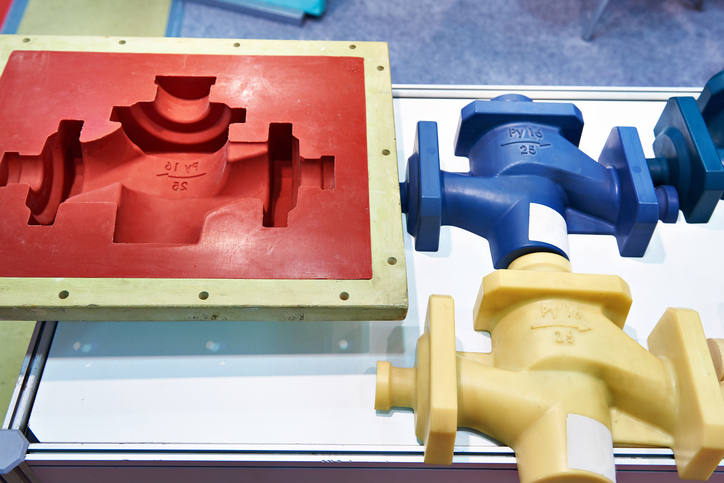Relocating molds to a new plastics molding company is a big decision. Finding a reliable company who is prepared to handle the transfer of tooling assets and also has the capacity to meet your production needs and standards of quality is vital to the success of your business.
Transitions can be scary, but don’t let that stop you from getting the services you need for growing your business. Whether the reason for relocation is in effort to improve production quality, pricing, terms, or service, before you transfer molds to a new plastic molding company, here are some things you’ll need to consider.
Due-Diligence Process for Tooling Transfer from One Operation to Another
Since the logistics of moving molds your company already owns from one processing operation to another can mean millions of parts and dollars involved, it’s essential to perform due diligence. Here are some steps to help make the process a little smoother:
- Research. When researching the right mold manufacturing company for your transfer, evaluate whether they have the necessary equipment to accommodate product production and capacity to handle high-volume production. Forming a strong partnership will ensure the new supplier delivers the best outcome for your business.
- Contract. Protect your tooling transfer with a non-disclosure contractual agreement to remove variables and simplify the transfer. This legal outline of responsibilities is an essential requirement for corporate compliance and will help maintain a positive relationship between the old supplier and your new company.
- Communicate. Establish and maintain open communication about the details and requirements of the project between both companies. Communication is critical to facilitate a seamless transition, ultimately saving time and money.
- Assessment. Assess manufacturing operations at your current facility to capture as much data as possible. Gather information on the number of cavities, mold dimensions, gating type, 3D files, material compound specifications, colors, inspections and packaging requirements. This will ensure a smooth relocation.
- Scheduling. Ask about lead times and develop a tooling transfer schedule that includes all molds and parts necessary for production.
- Stock. Build up enough safety stock to cover transfer the timeline. Inventory is an essential step as you validate production at the new molding facility.
- Validate. Validate that the tool is producing to specifications through rapid prototyping, documentation disclosures, tool evaluations, sample approvals and qualification documentation.
- Production. Commence production according to the contractual agreement.
Flexcraft Tooling Transfer
Flexcraft has the expertise and equipment necessary for seamless tooling transfer projects. Our team of in-house engineers work closely with customers throughout the entire tooling transfer process to ensure your investment is protected.
We bring more to your project than just a tooling transfer; as one of the best mold making companies in the nation, we bring experience, in-house resources and a top reputation for quality that no other company can match. A tooling transfer takes some time and planning, but in the end, if you’re not getting the level of quality products and service you need, it’s worth the effort.
Discover the numerous advantages of transferring your molds to Flexcraft. Request a quote or call 732-502-9500 to speak with one of our representatives today.
Tags:
Aerospace tooling transfer
Consumer Products tooling transfer
High volume tooling transfer
Industrial tooling transfer
Life Sciences tooling transfer
Medical Devices tooling transfer
medical tooling transfer
Military tooling transfer
tooling transfer companies
tooling transfer in MA
tooling transfer in NJ
tooling transfer in NY
tooling transfer in PA
